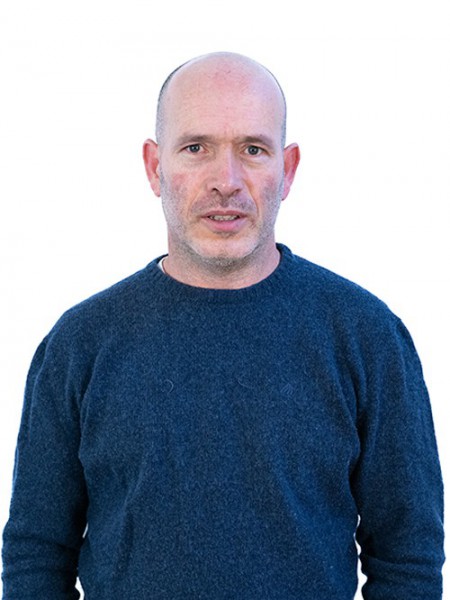abstract
Porous robust materials are typically the primary selection of several industrial processes. Many of these compounds are, however, not robust enough to be used as multifunctional materials. This is typically the case of Metal-Organic Frameworks MOFs) which rarely combine several different excellent functionalities into the same material. In this report we describe the simple acid-base postsynthetic modification of isotypical porous rare-earth-phosphonate MOFs into a truly multifunctional system, maintaining the original porosity features: [Ln(H(3)pptd)]center dot xSolvent [where Ln(3+) = Y3+ (1) and (Y0.95Eu0.05)(3+) (1_Eu)] are converted into [K(3)Ln(pptd)]center dot zSolvent [where Ln(3+) = Y3+ (1K) and (Y0.95Eu0.05)(3+) (1K_Eu)] by immersing the powder of 1 and 1_Eu into an ethanolic solution of KOH for 48 h. The K+-exchanged Eu3+-based material exhibits a considerable boost in CO2 adsorption, capable of being reused for several consecutive cycles. It can further separate C2H2 from CO2 from a complex ternary gas mixture composed of CH4, CO2, and C2H2. This high adsorption selectivity is, additionally, observed for other gaseous mixtures, such as C3H6 and C3H8, with all these results being supported by detailed theoretical calculations. The incorporation of K+ ions notably increases the electrical conductivity by 4 orders of magnitude in high relative humidity conditions. The conductivity is assumed to be predominantly protonic in nature, rendering this material as one of the best conducting MOFs reported to date.
keywords
SOLID-STATE NMR; PROTON CONDUCTIVITY; CO2 CAPTURE; ADSORPTION PROPERTIES; HYDROGEN STORAGE; METHANE STORAGE; FLUE-GAS; LUMINESCENT; NETWORKS; SELECTIVITY
subject category
Chemistry, Multidisciplinary
authors
Vilela, SMF; Navarro, JAR; Barbosa, P; Mendes, RF; Perez-Sanchez, G; Nowell, H; Ananias, D; Figueiredo, F; Gomes, JRB; Tome, JPC; Paz, FAA
our authors
Groups
G1 - Porous Materials and Nanosystems
G3 - Electrochemical Materials, Interfaces and Coatings
G6 - Virtual Materials and Artificial Intelligence
acknowledgements
This work was developed within the scope of the projects CICECO-Aveiro Institute of Materials (UIDB/50011/2020 & UIDP/50011/2020), LAQV-REQUIMTE (UIDB/50006/2020), UniRCell (Ref. SAICTPAC-0032-2015, POCI-010145-FEDER-016422) and CQE (UIDB/00100/2020), financed by national funds through the FCT/MEC and when appropriate cofinanced by FEDER under the PT2020 Partnership Agreement. FCT is also gratefully acknowledged for the postdoctoral grants SFRH/BPD/94381/2013 (to S.M.F.V.) and for the Junior Research Position CEECIND/00553/2017 (to R.F.M.). J.A.R.N. thanks Spanish MINECO (CTQ2017-84692-R), Junta de Andalucia (P18-RT-612) and EU FEDER Funding. The research contract of P.B. is funded by National Funds (OE), through FCT-Fundacao para a Ciencia e a Tecnologia, I.P., in the scope of the framework contract foreseen in the numbers 4, 5, and 6 of article 23, of the Decree-Law 57/2016, of August 29, changed by Law 57/2017, of July 19. We would like to thank Dr. Pedro Carvalho and Dr. Liliana Silva (CICECO) for helping in our CO









